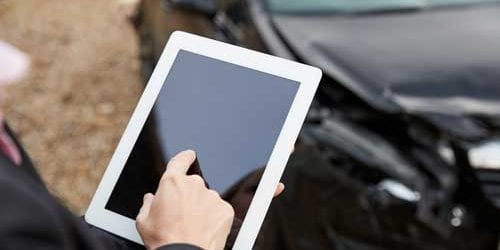By Nik Ellis
Expert Witnesses have transitioned towards virtual examinations through video calls and video conferencing rather than face to face appointments, but what are the positive & negative effects?
We’ve been rattling on about virtual assessments & examinations since we helped BT trial their RVI (Remote Video Inspections) system back in 1995. We used to argue that there’s precious little that a physical examination would reveal over well-taken, high definition photographs. Today, with the range of filters available to us now, photographs can reveal subtle damage which would prove tricky to spot physically, so in some circumstances virtual inspections actually have the upper hand.
So not many cons, but the pros are legion. For starters the reports generated from a virtual inspection share the majority of their DNA with physical inspection reports, specifically the salient information needed by insurers.
As we don’t have engineers driving to the vehicles, the time taken from FNOL to report completion is dramatically reduced. This in turn reduces the key-to-key times within bodyshops, reducing courtesy car, loss-of-use claims or storage charges. Driving all over the UK is costly to us in terms of time & fuel, so taking that out of the equation presents the additional benefit of being able to dramatically reduce our prices.
From an environmental point of view, desk top reporting diminishes our carbon footprint plus the lack of human contact helps us in our fight against Covid.
Overall I would judge the positives of desktops outweighs the negatives 99 to 1 & it’s great to be able to take what we’ve learnt with VDARs (Vehicle Damage Assessment Reports) and apply the logic to many other areas of the business.

